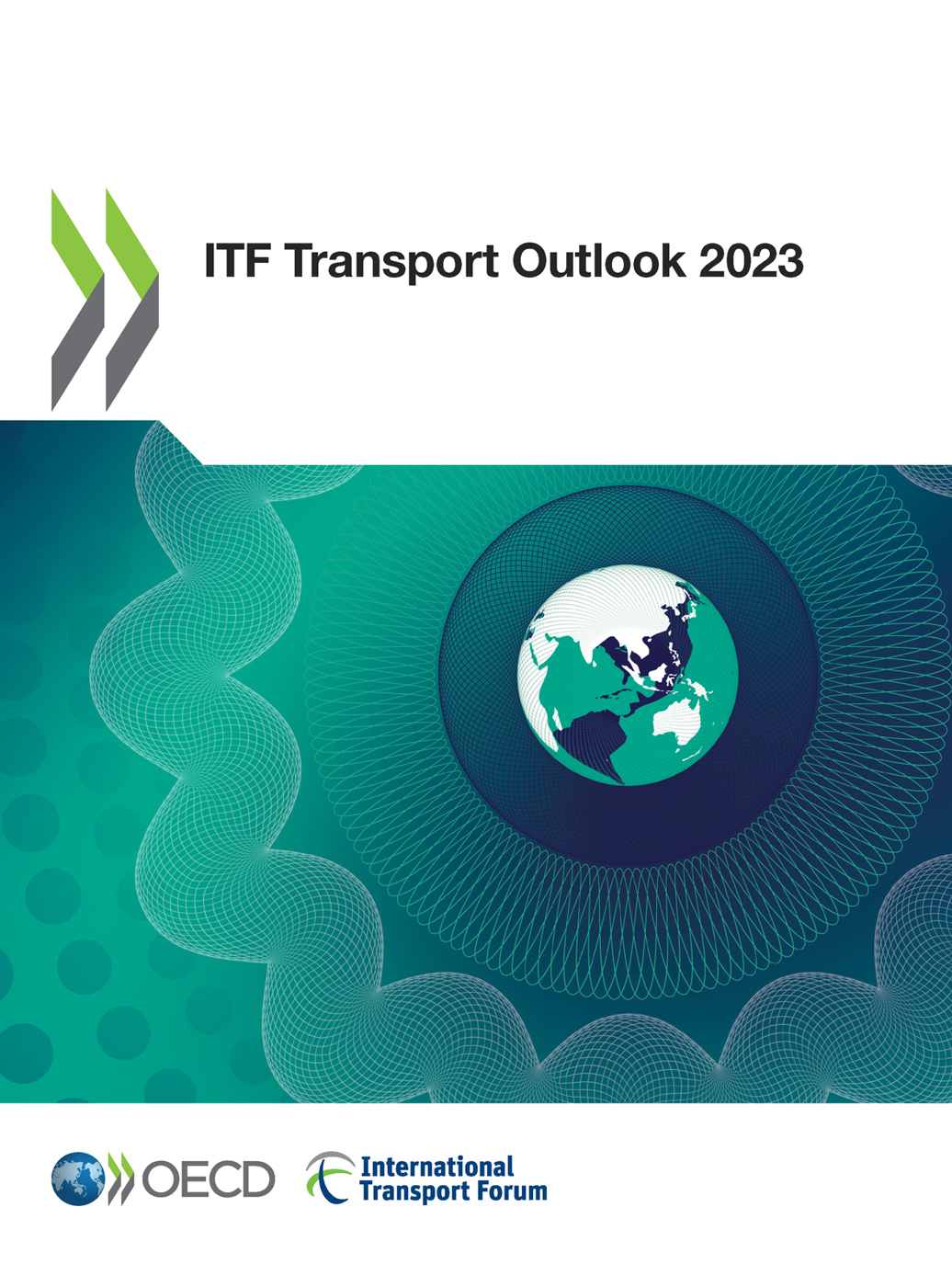The time to reduce emissions is NOW!
The time to reduce emissions is NOW!
The transition to sustainable transport can be much cheaper, but only if action is taken now!
This was the main finding of the ITF Transport Outlook 2023 report, which was presented yesterday (24 May) at the global summit of transport ministers in Leipzig, Germany.
All transport decarbonisation measures currently in place and already committed to will reduce global transport CO2 by only 3% by 2050. The transport sector will miss the reduction needed to keep climate change in check by a wide margin.
If action to decarbonise transport is ratcheted up and accelerated, the transport sector can still reduce its CO2 emissions by about 80% over the next 25 years (compared to 2019). This drop would put transport on the right path for limiting the global temperature increase to “well below” 2°C above pre-industrial levels, the goal of the Paris Climate Agreement.
“Reaching this high-ambition scenario requires a combination of complementary policies that successfully avoid unnecessary transport activity, shift more trips from fuel-burning to no-carbon transport, and improve the efficiency of transport generally,” said ITF Secretary-General Young Tae Kim in presenting the report. “It will be absolutely essential to quickly scale up cost-competitive technologies and fuels to move people and goods with far, far fewer emissions. We can do all this if we take more decisive action now.”
Such an accelerated transition to low- and no-carbon transport requires significant investment. Providing the core infrastructure for a high-ambition scenario, however, would require about 5% less investment than under current policies, according to the ITF’s projections.
“Freight transport will roughly double in the next 25 years if we stay on the current path, and passenger transport will grow by 79%. So we will also have to invest heavily under this scenario to accommodate this additional demand and, from what we know, probably more so than if we invested in a low-carbon future,” said Orla McCarthy, project lead for the ITF Transport Outlook 2023.
These projections consider investment needs for core transport infrastructure such as rail lines, roads, or ports that will be needed to cater for future demand. Estimates for the additional investment needs for electric charging networks are also included in the report. This is the first edition of the ITF Transport Outlook to include estimates for infrastructure investment needs under both scenarios to support policy decisions.

The report makes five recommendations for policy makers:
- Develop comprehensive strategies for future mobility and infrastructure.
Instead of providing infrastructure as a reaction to predicted demand, governments should pursue a “decide and provide” approach to investment, with a view to achieving certain public policy objectives.
- Accelerate the transition to clean vehicle fleets.
Accelerating the transition towards clean vehicles and fuels requires targeted policy support with ambitious objectives and support measures. Enabling infrastructure requires additional investment.
- Implement mode shift and demand-management policies where they are most effective.
Measures to reduce trips and travel distances, and encourage the use of more sustainable modes, work well in cities. For longer-distance travel, a transition to cleaner vehicles and fuels is the priority.
- Consider the additional benefits for urban areas when evaluating policies.
Many policies to decarbonise urban mobility can make mobility more affordable, improve access, reduce congestion, free up space, reduce crash risks, and limit air pollutants.
- Reform vehicle taxation to capture external costs of new vehicle fleets.
Falling fuel-tax revenues will hit revenues and make fuel taxes less effective as a policy lever as vehicles become emission-free. Road pricing and congestion charging can mitigate both.
- Every two years, the International Transport Forum (ITF) publishes the ITF Transport Outlook report, which provides an overview of current trends and future prospects for the global transport sector based on its in-house transport models. The ITF is an intergovernmental organisation with 64 member countries. South Africa is not one of those countries. The ITF acts as a think tank for transport policy and organises the Annual Summit of transport ministers.
Key graphs and charts with the underlying data can be downloaded here.
Published by
Focus on Transport
focusmagsa




